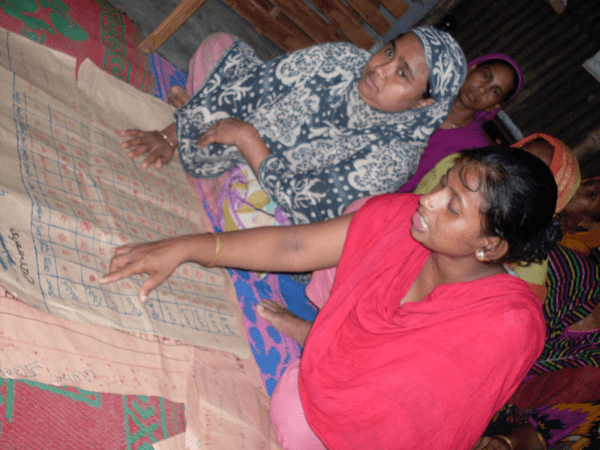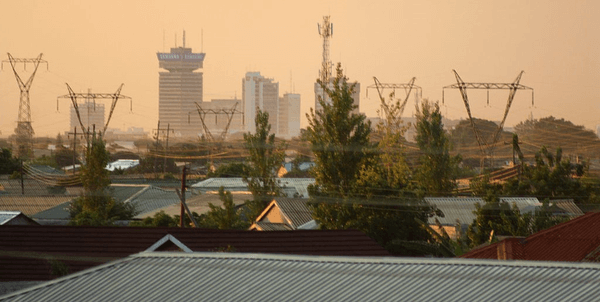At the beginning of the program, little information concerning the economic situation in the commune was available. In order to better implement the later employment strategy, a study to estimate employment potentials for young people was carried out. Through a grid of questions submitted to economic actors, the ability and willingness to employ young people was measured. More than 150 actors, who are economically active in different sectors, participated to it.
The field of investigation was not limited to the Yaoundé II Commune in order to take into account all potential for future employment, and so to maximize chances for young people to find a job. This questioning also served to make economic actors aware of the difficulties faced by young people to find a job. In the end, suburban agriculture, farming, woodwork, crafts, and services were identified as the most promising activity domains in terms of employment opportunities. Finally, the results of this study were publically presented to the economic participants, as well as to young people. In that way, a meeting and networking opportunity happened for both parts.
After this preparatory phase the core of the program began, consisting of training for young people to searching for a job on the internet, as well as to self-employment and entrepreneurship through the use of new technologies. This took place for each group of participant through two-hour sessions organized in a two-week period of time. One year later, 25 sessions for a total of 500 young people had already been organized. A steering committee met every week and was composed of representatives from the commune of Yaoundé II and the youth associations in the commune. From the beginning, computers were available so that only little complementary material was required. A partnership with a French NGO made it also possible for participants to buy second-hand informatics material for a cheap price.
Once young people have been trained to use the new technology, they could directly put into practice what they learned. A labor-matching action was implemented. First, participants received some assistance to write a proper resume. All resumes collected were put on an internet data-base, which helped matching job offers with qualifications of these young people. A mailing list was created to transmit new offers in the future. Considering the fact that job opportunities may not be sufficient to satisfy all demands, measures encouraging self-employment through new technologies (creation of their own business) were taken.
Moreover, the action allowed the commune to better identify young people with lack of qualification. These ones were sent to training centers in the city. Young people could decide on their own in which training branch they wanted to be.
The action also aimed at reinforcing youth participation in urban governance. The action plan for youth employability was elaborated in parallel to the new technology program. The Commune of Yaoundé II could take into account needs and wishes of young people through the organization of meetings where they could express their opinion and difficulties. These events also served as a networking action to better link young people from different communities.


